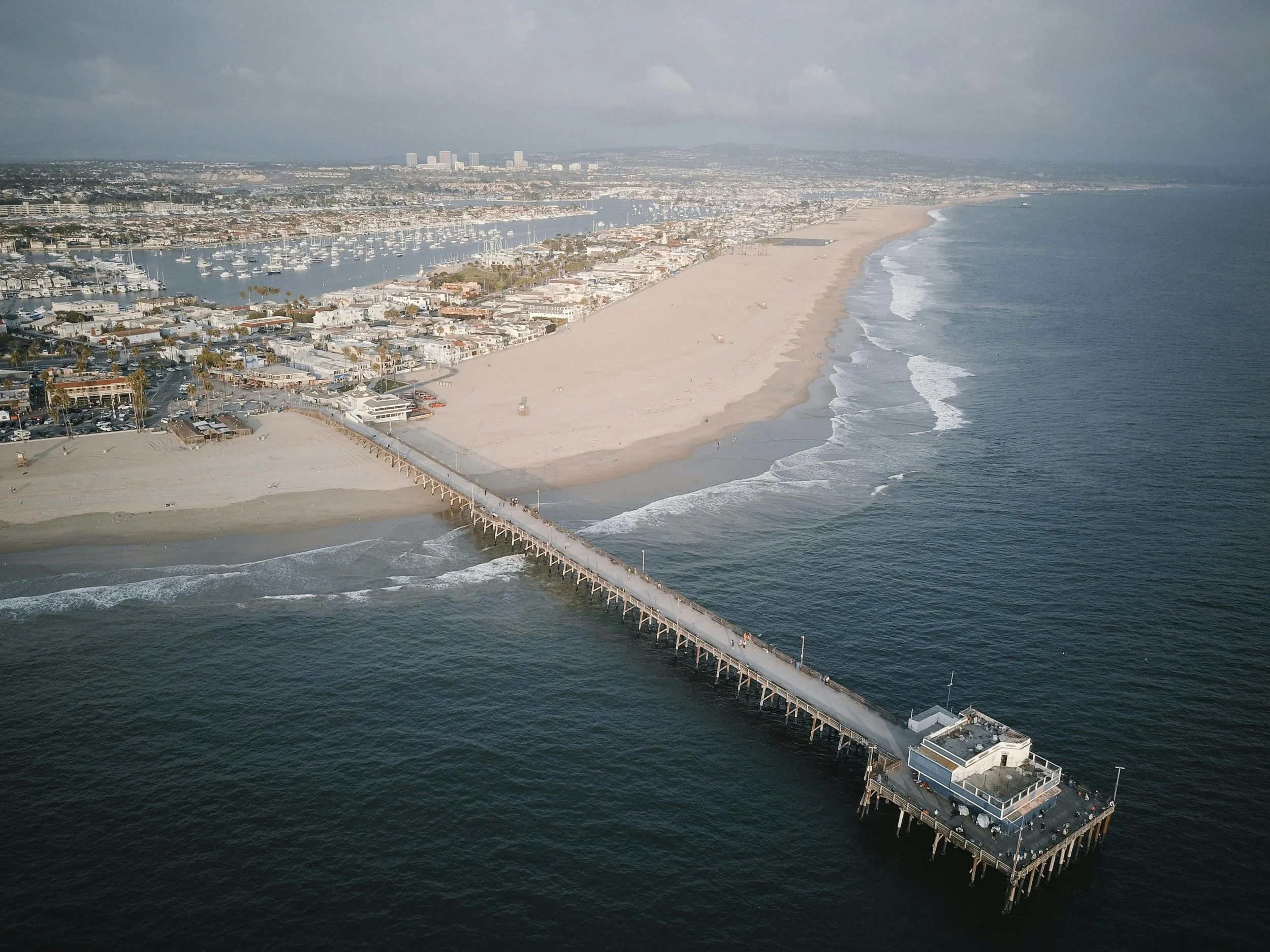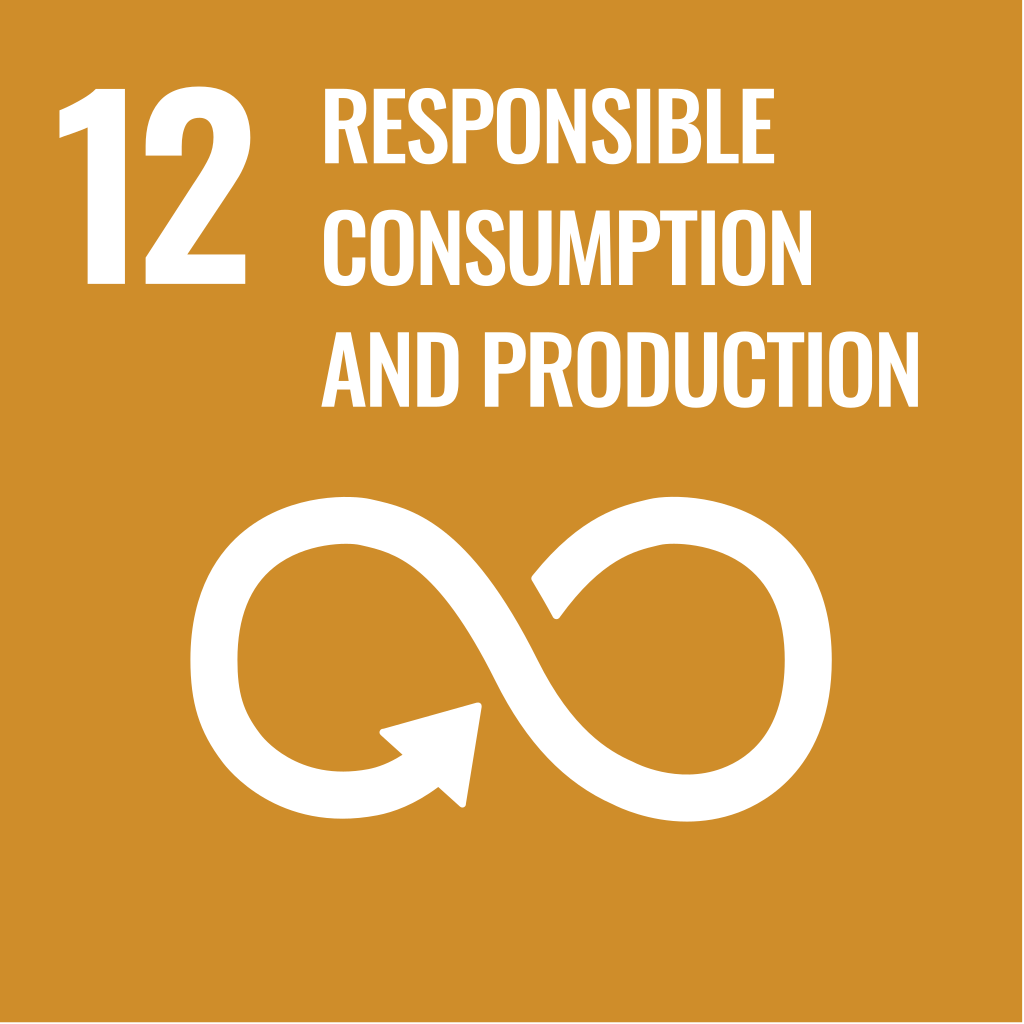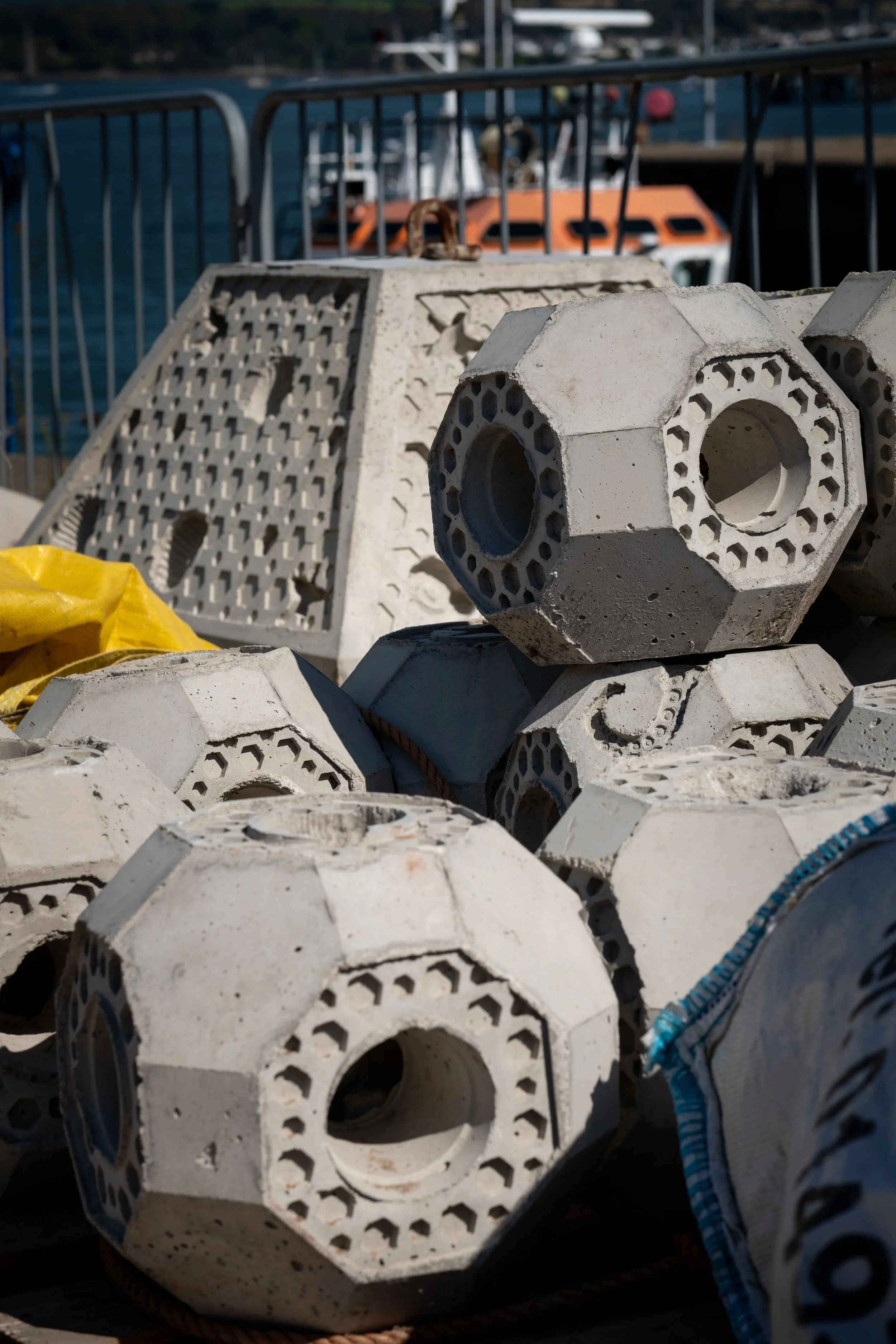Embracing the Uniqueness of Marine Infrastructure
When we take a moment to consider how diverse our marine areas are, and how important they are for us humans and the millions of species which live in these environments, we may start to wonder how we can sustainably develop coastal and marine areas whilst leaving room for nature…
Over the last few decades, natural coastal habitats have been slowly replaced with artificial infrastructure, typically serving one functional purpose such as protecting coastlines or offshore marine infrastructure. After all, our coastal areas are greatly important for both local and national economies, providing us with food, trade opportunities and recreation, so we need to protect them. The current design process is regarded as the safe option, and if it achieves our development goals, why should we consider changing it?
The marine infrastructure which we rely on exists in many forms, in an incredibly diverse range of environments. By adopting a blanket approach to the design, it could mean that critical factors such as local environmental conditions, regulatory requirements and community impacts may be overlooked.
What are Exo Engineering doing differently?
Exo Engineering challenge the traditional ‘one-size-fits-all’ method with our innovative, tailored approach. From sea defences along rapidly eroding coastlines to offshore wind farms providing us with renewable energy, Exo Engineering work alongside our clients to develop bespoke solutions for each individual project. Our Greening the Grey® technology builds complex textures and features into our solutions, providing habitats for a range of marine life. Coupled with our Geoblock® technology, we are able to use recycled aggregate during the production of our eco-concrete units. Not only does this help us to reduce waste in line with the UN’s Sustainable Development Goal 12 ‘Responsible Production and Consumption’, but also benefits the delicate ecosystems with which we share our marine spaces.
At Exo, we understand the importance of streamlined deployment. This is why we design our solutions to be compatible with conventional deployment and installation methods, ensuring that no additional considerations will be needed to integrate our solutions into client projects.
Whether we are building water-retaining features into our intertidal solutions, or building tunnels which provide habitats for juvenile fish into our offshore solutions, we are always considering how we can unify the project goals of our clients whilst benefitting nature.
We would love to hear about your goals and challenges, so if you see an opportunity for bespoke design as part of your project, please get in touch to find out how we can work together to find the best solution.
Our ExoRock coastal protection, 1 year on from deployment in Essex
Exo Engineering's subtidal solutions awaiting deployment at Pembroke Dock, Wales





